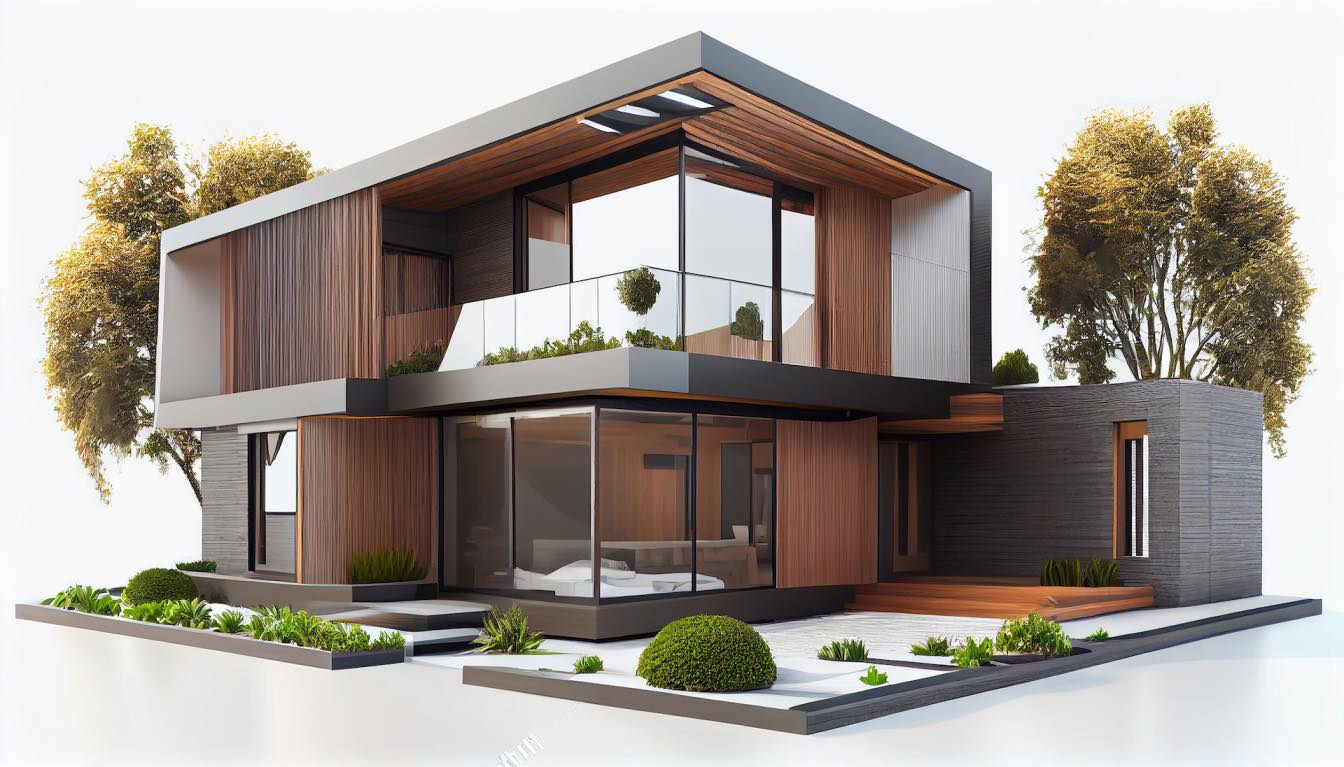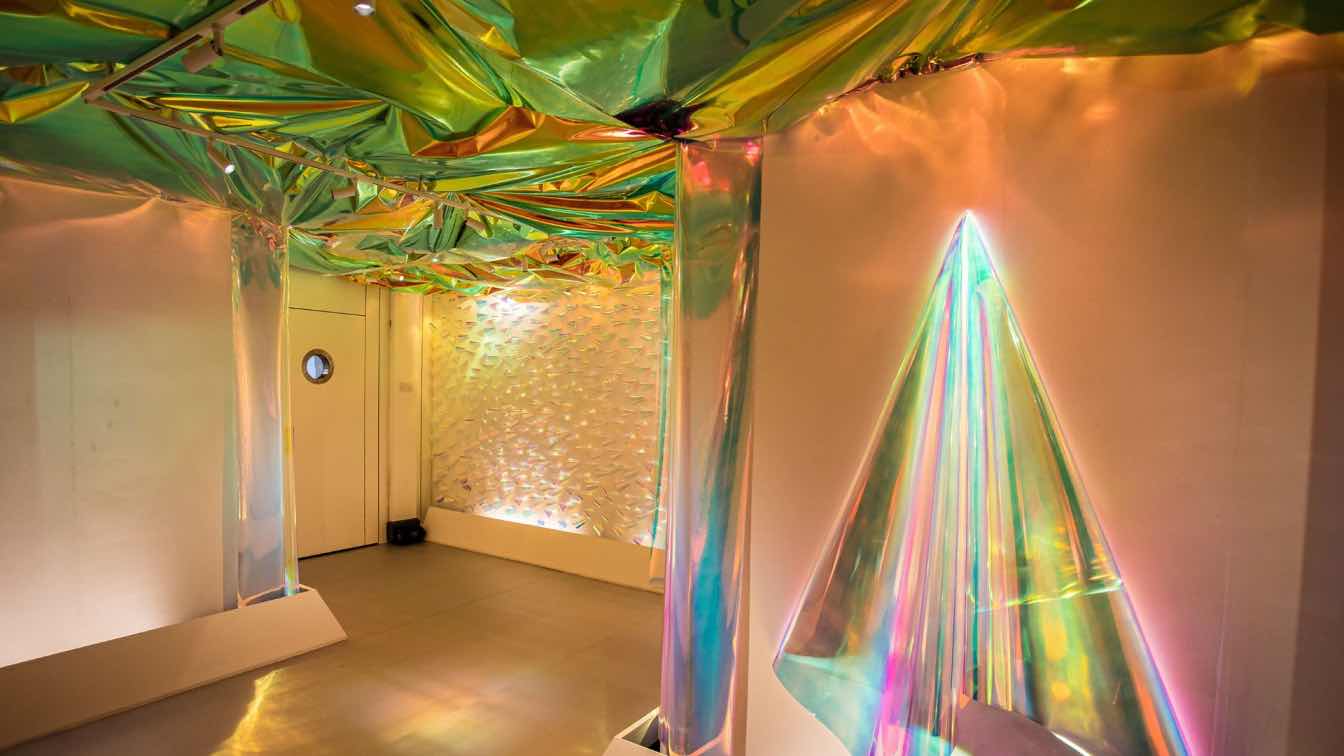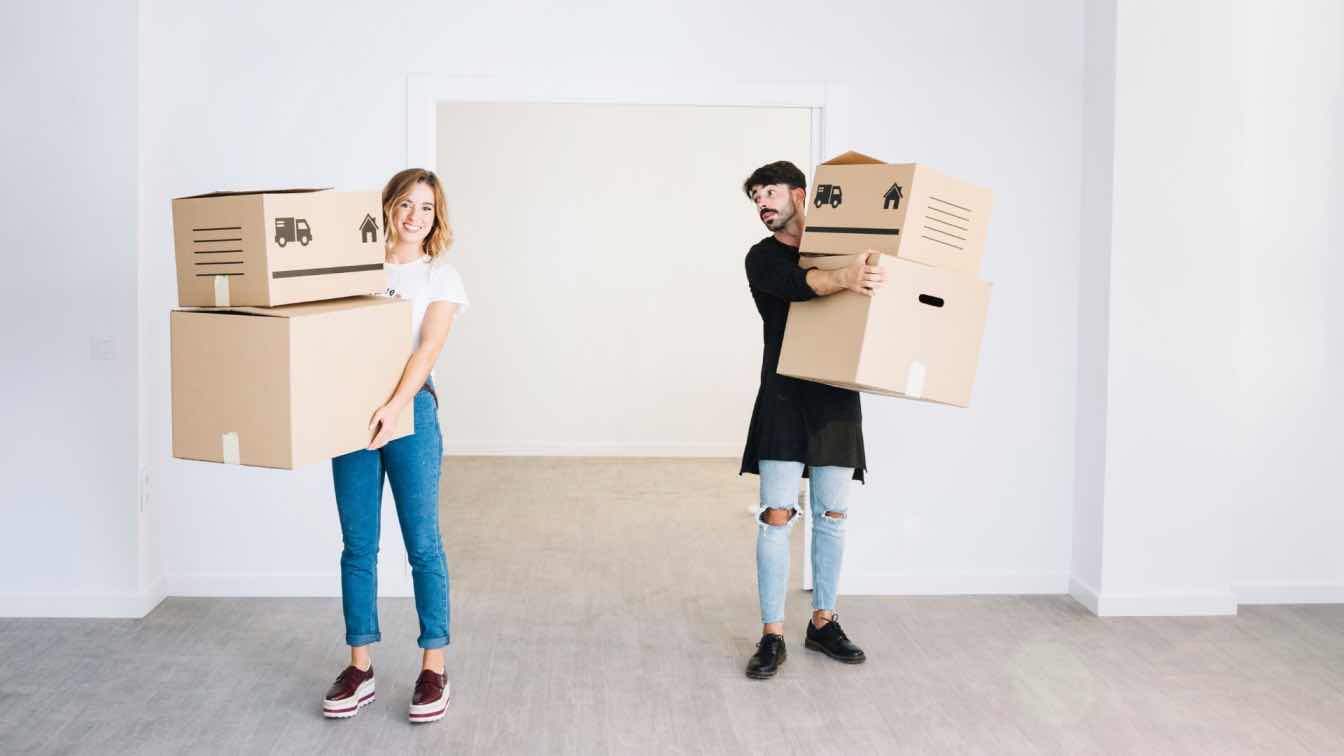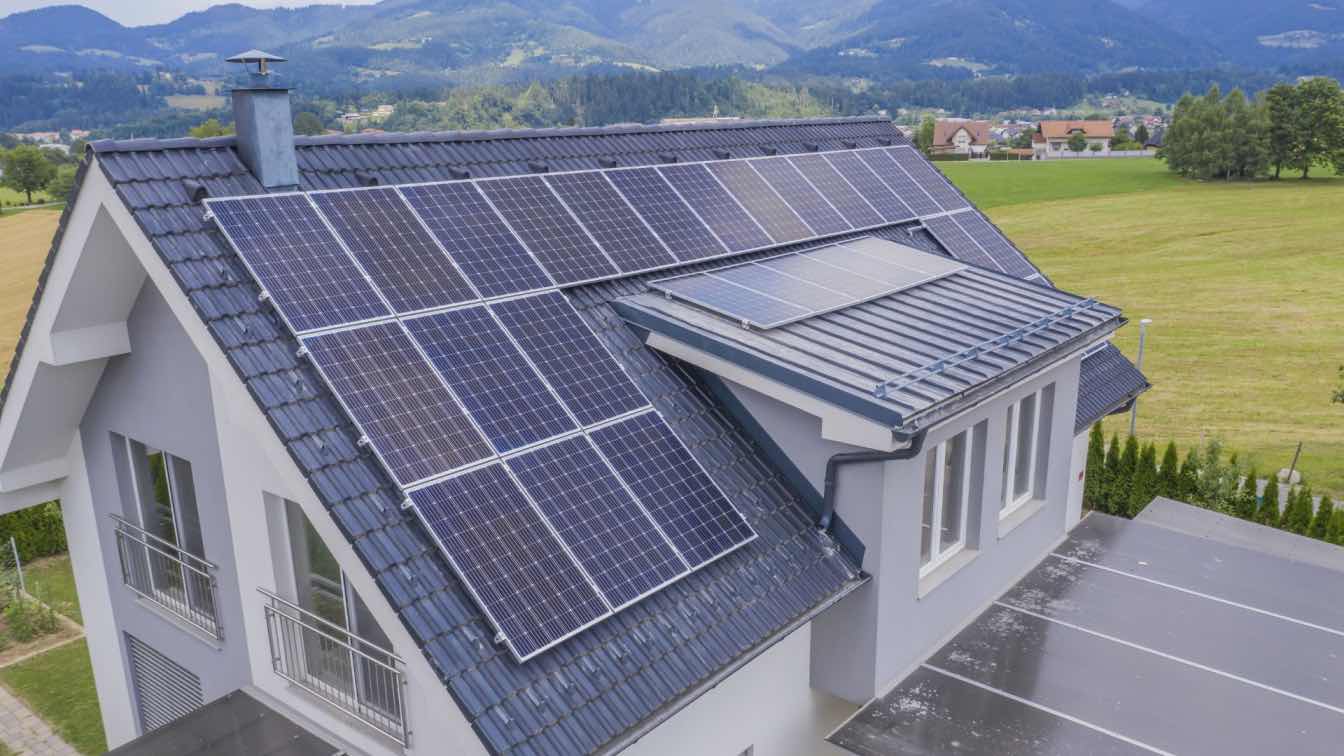Peel and stick wallpaper has revolutionized interior design, offering a simple and reversible way to personalize and transform spaces. Unlike traditional wallpaper that requires paste and a professional touch, peel and stick varieties allow even novices to create stunning, durable looks. This article explores the ideal surfaces for applying print on demand peel and stick wallpaper, guiding you through selecting the best surface and sharing tips for a flawless application.
Understanding the Different Surfaces for Peel and Stick Wallpaper
When diving into the realm of peel and stick wallpaper, selecting the right backing is pivotal. Surfaces vary greatly, and your choice can dramatically affect both the installation process and the wallpaper’s durability. Ideal surfaces are smooth and devoid of any dirt or grime.
Commonly preferred bases include painted walls, where a semi-gloss or satin finish can provide the optimal balance of texture for the adhesive to grip effectively without damaging the underlying paint.
Surfaces like glass and metal are also excellent choices due to their smoothness and resistance to moisture, which helps prevent the wallpaper from peeling over time.
Conversely, surfaces with texture or irregularities, such as brick or raw wood, pose a challenge. These materials often require additional preparation such as sanding or sealing to create an adequate surface for the wallpaper.
Always ensure that any surface is thoroughly cleaned and dried before application to avoid issues with adhesion, and consider using a primer if the wall's integrity is compromised or if a particularly porous material is involved.
The Best Surface for Peel and Stick Wallpaper
Selecting the optimal surface for peel and stick wallpaper is essential for ensuring both visual appeal and longevity. Painted drywall with a semi-gloss or satin finish is often hailed as the best choice. This type of surface offers a slight sheen that significantly enhances adhesive qualities without risking damage when the wallpaper is removed or repositioned.
For those looking to install wallpaper quickly and efficiently, this surface provides a reliable foundation that supports a clean and smooth application.
Preparation remains a crucial step regardless of your surface choice. Ensuring that the wall is free from dirt, dust, and oils before application can make a huge difference in the outcome. For environments where style and speed are key, such as in a bustling office space or in a rapidly evolving retail setting, peel and stick wallpaper on painted drywall can transform a room with minimal downtime and disruption.
This simplicity and efficiency make peel and stick an attractive option for businesses and creative professionals looking to brand their environments effectively.
How to Choose the Best Surface for Peel and Stick Wallpaper?
Choosing the best surface for peel and stick wallpaper involves several key considerations that can significantly influence the final appearance and durability of your installation.
First, assess the wall’s existing condition. Look for a surface that is smooth and free from blemishes, such as cracks or holes, which could impair the wallpaper's ability to adhere properly. Walls with a semi-gloss or satin paint finish are typically most suitable because they provide a stable and slightly slick base that allows for easier adjustment and positioning of the wallpaper.
Before making a final decision, also consider the environmental factors that might affect the wallpaper’s performance. Areas with high humidity or fluctuating temperatures require surfaces that can withstand these conditions without compromising the wallpaper's adhesive.
For instance, bathrooms or kitchens are better suited with a moisture-resistant paint finish beneath the wallpaper to prevent peeling or bubbling. Always perform a patch test by applying a small piece of the wallpaper to the wall in question to observe how well it sticks and stays over a couple of days. This simple test can help prevent larger issues down the line and ensure that your chosen surface will hold up under the wallpaper’s weight and aesthetic demands.
Tips for Applying Peel and Stick Wallpaper
Applying peel and stick wallpaper effectively requires attention to detail and proper technique. Start by ensuring your chosen wall is impeccably clean and dry. Any residue of dust, oil, or debris can hinder the adhesive’s ability to stick, which may lead to bubbling or peeling over time.
Use a mild cleaning solution and a soft cloth to thoroughly wipe down the surface, then allow it to dry completely before beginning the application process.
When you’re ready to apply the wallpaper, start from the top corner of the wall and gradually peel the backing as you smooth the paper onto the surface. Utilize a soft cloth or a plastic smoother to gently press the wallpaper against the wall, working from the center out to the edges.
This technique helps to eliminate any air pockets and ensures a tight seal. If misalignments occur, peel and stick wallpaper is forgiving—simply lift it off gently and reapply. Careful handling ensures the adhesive remains effective and the wallpaper’s finish stays pristine.
Conclusion
In conclusion, choosing the right surface for your peel and stick wallpaper is more than a matter of preference—it's a foundation for durability and aesthetic success.
Peel and stick wallpaper offers a fantastic way to refresh your space without permanent commitment. By understanding and selecting the right surface, your print on demand peel and stick wallpaper can look seamless and professional.
Remember, a well-prepared and suitable surface enhances the vibrancy and longevity of your wallpaper, turning a simple room into a standout space. With the right approach and attention to detail, your decor projects can embody professionalism and style, leaving a lasting impression on all who visit.
FAQs
What surface will peel and stick wallpaper stick to?
Peel and stick wallpaper adheres best to smooth, clean surfaces such as painted drywall, glass, and metal.
What do I do if my peel-and-stick wallpaper starts falling off?
If your peel-and-stick wallpaper begins to detach, promptly reattach it by smoothing the panel back into place.
How long does peel-and-stick wallpaper last?
Peel-and-stick wallpaper can last several years when applied to an optimal surface and maintained properly.
What helps peel and stick wallpaper stick better?
To enhance the adhesion of peel and stick wallpaper, start by ensuring the wall is smooth and clean.





